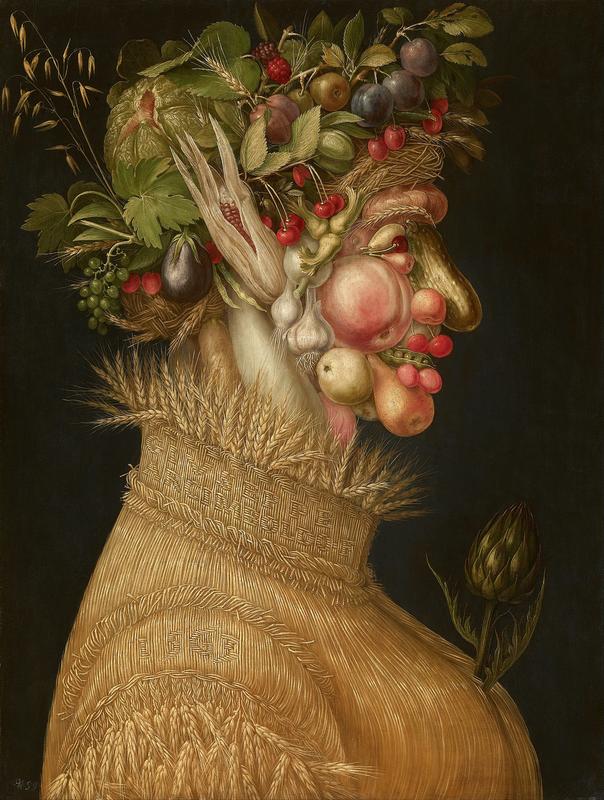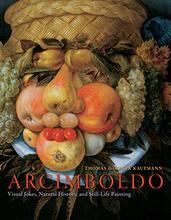More about Summer
- All
- Info
- Shop

Contributor
Like Marsden Hartley and Claude Monet, Arcimboldo, with his painting Summer from his Four Seasons cycle, conveys the feeling of the Solstice, the longest day and the shortest night of the year, the approaching harvest, and the fullness and ripeness of fruit and vegetables.
Arcimboldo is rare among painters of the "Holy Roman Empire" in that his paintings which are not "composite still lifes" have been almost completely lost to history. However, his unusual, humorous portraits made of objects endure, continuing the great popularity they enjoyed four centuries ago.
The first monographic exhibition of the artist drew large crowds, and the New York Times has placed a color illustration of Summer on the cover of the arts section. Part of the long-lasting value of Arcimboldo's Summer is due to its collection within a four-part series, intended as an accolade to his royal patron, portraying the seasons. Especially during the time of its composition, the trope of the seasons was associated with indigenous European paganism, including harvest rituals and fertility rites, often conducted in relation to goddesses and matriarchs. The rhetoric of Christianity, appropriating the Hebrew Torah, places scriptural references in order to supplant matriarchal faiths: in the case of Summer, Arcimboldo's scriptural cue would be the book of Koheles, "Ecclesiastes,": "to everything there is a season."
Simultaneously, bearing in mind the faith implications of the four seasons, Arcimboldo makes the image into a joke in order to expand its immediate accessibility to all ages of people and segments of society. "One of the many paradoxes the pictures reveal is that something can be playful and serious at the same time." The play of the image, the tracing of the extended metaphor along the surface of the work, which makes us smile and laugh, happens by "condensation, displacement, and indirect representation. All might be said to occur, for example, in the composition of Summer, where a currant is an eye, a peach is a cheek, and a pear is a chin...jokes involve a social process related to play." Like the greatest works of literature, Summer can bring the simplest or most nuanced of joys to a five-year-old, a thirty-five-year-old, and a hundred-and-five-year-old, all at the same time.
Sources
- Barthes, Roland. Arcimboldo, Vol. 7 of The Signs of Man. Milan: F.M. Ricci, 1980.
- The New York Times, Oct. 10, 2007.
- Platzer, David. "Emperor of Fruit," Apollo. February 2008.
- Kaufmann, Thomas DaCosta. Arcimboldo: Visual Jokes, Natural History, and Still-Life Painting. Chicago: University of Chicago Press, 2009.














